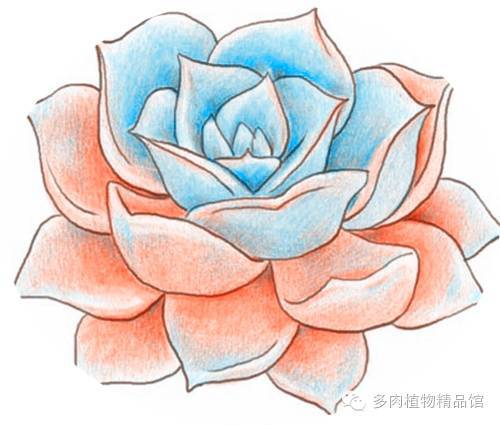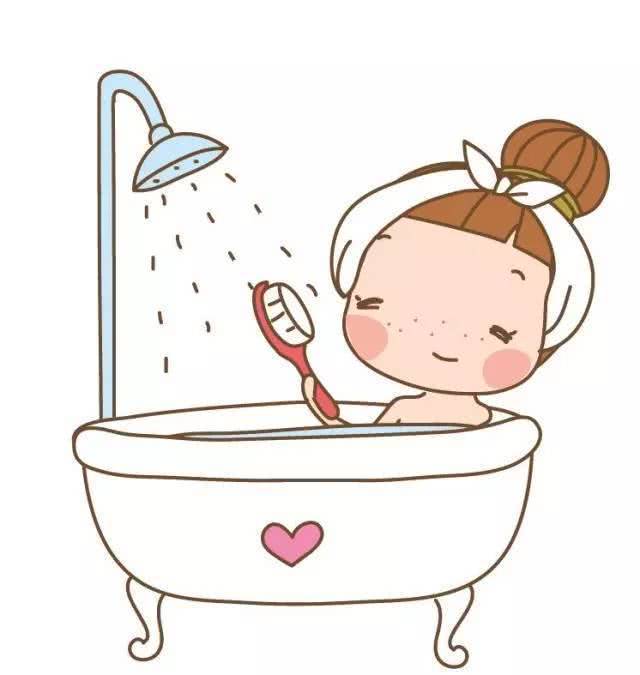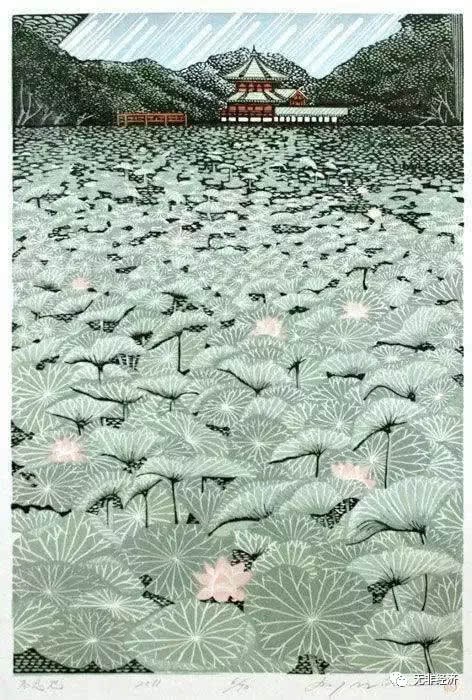On turning pots and pruning roots of stone flowers

Text
Picture and text: Hello succulent Star Man
The transplanting of stone flower seedlings or turning the pot of adult plants is best done in summer when the old plants are very wrinkled or completely dry. If the pot is turned over prematurely in spring or early summer, the old plant is likely to absorb water and is unwilling to kill it, so it will coexist with the new plant for much longer than normal. If you turn the pot at the end of summer or autumn, it is not easy to take root because the stone flower is about to go into dormancy. When turning the basin, it is best to remove the old plants that are still soft and wrinkled, as well as some dried shells and flower stems. The former is usually very tough and is best removed with elbow nail scissors; the latter is sometimes very brittle and may be very easy to remove, but it usually requires scissors or nail Clippers. Unless the flower stem is very loose, it is not easy to pull it out, because it is too close to the growing point of the stone flower, which may lead to injury or even death.
The common question of whether the old skins of stone flowers should be retained on the plants is largely a matter of personal preference. In the native place, depending on different climatic conditions, especially rainfall, the branches of the stone flowers will shrink during the drought and stretch their heads up after the rain, which causes the lower part of the old skin to break up, the upper part to become loose, and the shedding fragments to be blown away by the wind; or, in very dry areas, the old skins of the stone flowers accumulate into thick layers around the plants after many years (maybe 50 years or more), especially between the branches. The idea of making our raw stone flowers as close to nature as possible means that we don't need to clean up the dry old skin, but unfortunately, pink scale people find it an attractive place to live. The compromise is to remove some of the loose fragments that may provide nests for the pink scale, leaving a very tight layer of old skin that the pink scale is unlikely to enter.
When the stone flower turns the pot, we usually pinch off the end of the long root of the seedling and cut back the Lignified main root and lateral root to a convenient length, but usually until the white core of the root is exposed.
Sometimes, after a long dry period, the roots of the stone flowers will die for a long distance from the end; sometimes the roots will be infected by white powdery fungi, which will also cause the roots to die back and lose their ability to absorb water; sometimes the roots form a thick layer of cork. In all these cases, the roots need to be cut back to reveal fresh white core tissue. If necessary, the roots need to be completely removed to the bottom of the plant. The thick wooden outer layer can also be peeled off with a clean and sharp knife or cut into a dent on the root side to expose a small piece of fresh core, and the new root will grow at the exposed inner core point at the appropriate time.
After the stone flowers have their roots trimmed, we can plant the plants in a new pot and water them thoroughly immediately. Some are so severe that the plant usually reacts many times and bulges up within 24 hours, presumably absorbing water through the side and cut roots. In the next 2-3 weeks, before all plants show obvious signs of rooting and water-absorbing growth, the soil should be kept wet and not waterlogged, which is usually best achieved by soaking in a basin. Sprinkling water from the top regularly and evenly every day can also help, especially in hot and dry climates. After all the stone flowers have taken root, the watering scheme can be normalized and the watering interval can be gradually extended until it is treated in the same way as the rest of the collection.
Sometimes individual stone flowers show signs of not taking root after turning the pot, or even in a tray where the root system is stable and unturned, especially after dry winter, a plant may not respond to water supply. Usually, "drip therapy" works at this time. The practice is to slowly drop water directly onto the particular plant, allowing it to penetrate to and below the roots, but not to make the soil of other adjacent plants in the same tray too wet. This requires drip irrigation once a day, or even twice a day. We have achieved great success by using a medical intravenous drip device composed of a bottle and a controllable drip tube. In any case, if the drip therapy does not achieve the desired effect after a few weeks, it is best to dig out the plant, cut the root a little more, and then start rooting again, if the plant is planted in the tray with other plants around it. Naturally, the drip method is also used to root. You can also put the plant that does not want to root in the sand and then plant it back to its position in the tray without cutting the new root, and then use the drip method until the root system is stable.
In all cases, it is recommended to provide some additional shade for a few days to a week or more after the stone flowers are turned into pots. Flowerpots or trays can be placed in a cooler place than the usual scaffolding or top of the flower rack, or covered with a frame with shade cloth or wire omentum or plastic omentum. Plants that are undergoing intravenous drip therapy in the tray need to be provided with a separate cover. X-ray negatives can be used to make a very effective shading device, cut and bound into the right shape, leaving suitable vents. The cone of the right size, with vents at the top, is a very satisfactory shading device.
The individual ends of a group of stone flowers can be separated by carefully cutting the roots on which they grow; sometimes, an old plant whose long and weak root branches have grown to the height of each branch may fall apart when dug up. So if you are willing or in order to share a particularly interesting specimen with other collectors, you can plant these monotonous plants (or perhaps in pairs or a small group of bulls) separately. It is important to keep in mind, however, that all these ramets are still part of the same plant, because stone flowers cannot self-pollinate and usually cannot produce seeds by pollinating pollen from one ramet to another. Generally speaking, there is no advantage in dividing a social plant. on the contrary, it is best to keep it intact to see how big it can grow. Occasionally we are asked if we can get two separate plants by cutting a single end through the gap in the middle! Doing so will almost ensure the death of the plant.
The article is organized by the succulent plant boutique, the copyright belongs to the original author, some articles can not find out the source, marked as the source network, if there is any infringement, please contact us immediately, we will deal with it in time.
- Prev

It is speechless to observe the reason why the water temperature is cold and hot when taking a bath for so long.
It turns out that the happiest thing to do when I get home from work every day is to go home and take a warm bath and lie down early. Since Huahua moved, taking a bath has become a bit troublesome. The situation is like this, because the gas water heater is used.
- Next

On the Source of sorrow from the Tale of Genji (2)
Article: DaDa's "material sorrow" originated from the aristocratic culture of the Heian era, and it is an important concept that runs through Japanese traditional culture and aesthetic consciousness. As pointed out in the Tale of Genji Yuxiaoki, written by the Japanese scientist Yoshimoto, it is pointed out: "husband and song.
Related
- Wuhan Hospital Iron Tree Blooming Result Was Instantly Frightened by the Gardener Master
- Which variety of camellia is the most fragrant and best? Which one do you like best?
- What is the small blue coat, the breeding methods and matters needing attention of the succulent plant
- Dormancy time and maintenance management of succulent plants during dormancy
- Minas succulent how to raise, Minas succulent plant pictures
- What are the varieties of winter succulent plants
- How to raise succulent plants in twelve rolls? let's take a look at some experience of breeding twelve rolls.
- Attention should be paid to water control for succulent plants during dormant period (winter and summer)
- Watering experience of twelve rolls of succulent plants
- Techniques for fertilizing succulent plants. An article will let you know how to fertilize succulent plants.

